It wasn’t so long ago that a ute with a four-cylinder engine was considered about as appealing as a dog with two legs, so the transition to trucks with no cylinders - and no engine at all - should be… challenging, to say the least.
Just like passenger cars and SUVs, the world of utes and pick-ups is set for an electric transformation in the coming decade. Medium and heavy-duty trucks and even semis are also set to be a part of this change, with big-name brands such as Freightliner, Kenworth, Peterbilt and Volvo joining Tesla in the electric prime mover market.
It’s still early days for electric commercial vehicles, but in this article we’ll tell you what you need to know now and reveal what’s coming in the future for the broader EV trucks market.
There are electric trucks that Australia has yet to embrace, with the aforementioned Kenworth, Tesla, Volvo and co. still focused on the key US market and improving the technology to a point where it works for long-haul fleets.
The Kenworth T680E has a range of just 240km, which wouldn’t get it from Sydney to Canberra without a stop to charge, so there’s still some way to go in making it market relevant.
The Tesla Semi has a claimed range of 800km, which is much improved, but is still not feasible for the long distances - with heavy loads - between Australia’s major cities.
Where electric truck manufacturers have an opportunity in Australia is the short-haul trips that companies are looking to cut emissions on to improve their green credentials and do their part for the environment.
Ikea, for example, recently announced it is investing in charging infrastructure at its distribution centres and stores to allow for its so-called ‘last mile’ deliveries to be zero emissions.
Hyundai is trying to fill that need with the introduction of its own heavy truck, the Mighty. The 7.3-tonne truck has a range of just 200km, but is designed to appeal to companies, such as Ikea, that are looking to cut emissions on shorter, urban routes.
What about the utes?
The truth is, diesel trucks are going to be a fixture on Australian roads for decades to come. What’s likely to change much sooner are the utes we drive.
The electric pick-up truck market is rapidly growing, with the Ford F-150 Lightning soon to be joined by the Chevrolet Silverado EV and more from Ram.
Of course, for local audiences, the smaller utes like the Ford Ranger and Toyota HiLux are of more interest, but don’t worry, options for that market are coming, too. The BYD Shark hybrid will be on sale by the end of 2024 and Ford has announced a Ranger plug-in hybrid will be here by 2025.
There’s no official word on when, or even if, the Tesla Cybertruck will ever make it on sale in Australia, but there will be all-electric choices in the near future.
There are pros and cons to this switch and for some it will be tantamount to sacrilege to even consider swapping dirty old diesel fuel for a power cable.
Electric utes are, for now, obviously limited in range compared to diesel examples and that is exacerbated when a load goes in the tray. There’s also the challenge of finding charging in the remote locations that utes often work in.
There are positives, too, of course. Those who use their ute for trades that require power tools will appreciate the fact that an electric ute is basically a big moving battery, so in trucks like the F-150 Lightning you can plug in your work equipment and won’t need to rely on generators or worry about being caught out with no power.
This vehicle-to-load (V2L) ability is also a plus for those who enjoy camping, with the ability to run equipment when you’re off-grid.
American brand Rivian is developing a 'Travel Kitchen' that will be compatible with all of its models and features an induction cooktop and a water tank so you don’t have to sacrifice all luxuries when you’re pitching your tent.
While the focus of the industry has been on cars and SUVs until now, the ute market is emerging as the next big thing, so expect a technology ramp up that should improve range, towing capability and more in coming years.
Top 9 most popular electric trucks available in Australia
1. LDV eT60 & GST
The Chinese brand was first to market with the eT60 but it was, to be blunt, underwhelming. Like staring at a white wall for eight hours underwhelming. With a mere 130kW and 310Nm, and range of just 330km, plus a strictly rear-wheel drive-only layout, it’s little surprise the eT60 was a slow seller.
 (1).jpg)
But LDV has something bigger and better planned. Revealed at the 2023 Shanghai Motor Show, the LDV GST pickup is a bigger ute with a 745kW, 4x4 powertrain that should be more appealing to buyers.
It’s due to be revealed in production guise sometime in 2024 and could be on sale in Australia by the end of the year, or early 2025 at the latest.
2. GWM Cannon Alpha
Yes, technically this is a petrol-electric hybrid and thus not an EV in the strictest sense, but it’s still one of the first of its kind to arrive in Australian showrooms.
The Cannon Alpha manages an impressive 255kW/648Nm from its combination of a turbocharged 2.0-litre petrol engine and electric motors, giving it more pulling power than the Ford Ranger Raptor and its 292kW/583Nm twin-turbo V6.
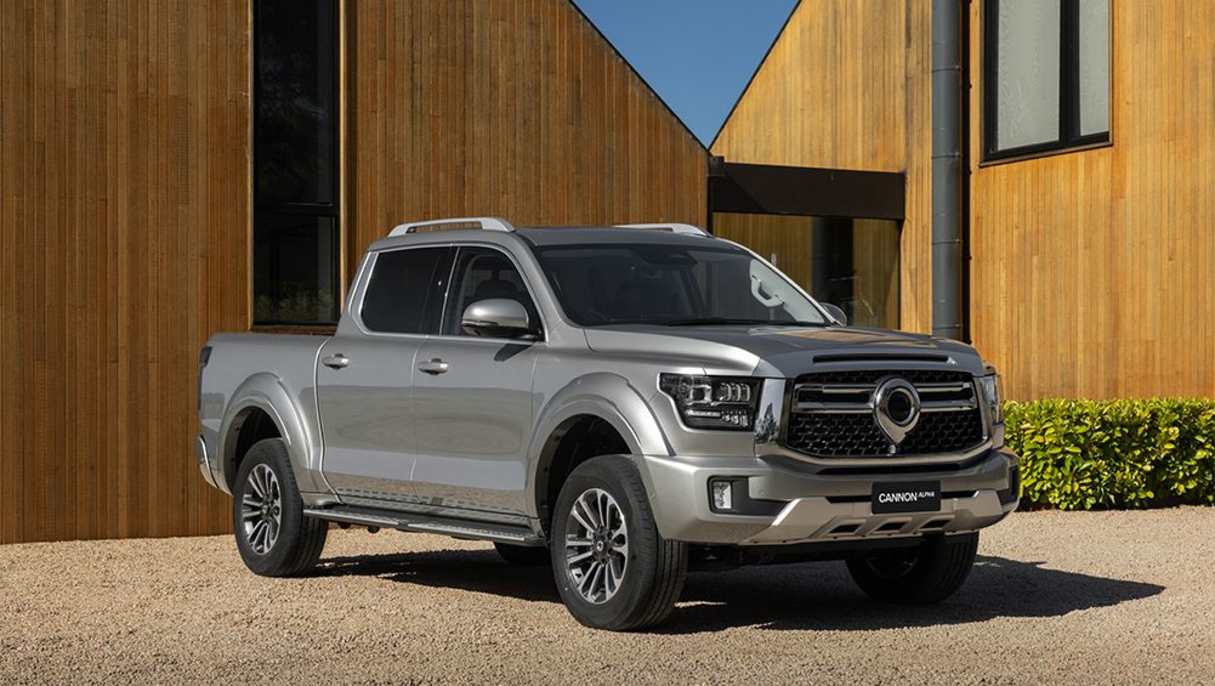
Crucially, the Cannon Alpha has a braked towing capacity of 3500kg, which is a must for many ute buyers and something they won’t compromise on. However, despite its size (the Cannon is notably larger than the Ranger in every external dimension) the Alpha's load tray is smaller than the Ford's and its payload is just 735kg.
To try and help lure Australians to something so different, GWM has managed to attach a competitive price to the Cannon Alpha, with the entry-grade model starting at just $51,990, drive-away.
3. BYD Shark
Could this be the ute to really spark the electric revolution? On paper it certainly has the potential. The Chinese ‘new energy vehicle’ giant recently revealed its highly anticipated new plug-in hybrid ute and it looks impressive, at least on paper.
Its ‘super hybrid’ powertrain combines a 1.5-litre four-cylinder engine with an electric motor and battery for a whopping 320kW/650Nm, making it more powerful than the Ranger Raptor.
That’s good enough for it to run 0-100km/h in just 5.7 seconds, so there’ll be no excuses for being late to the work site.
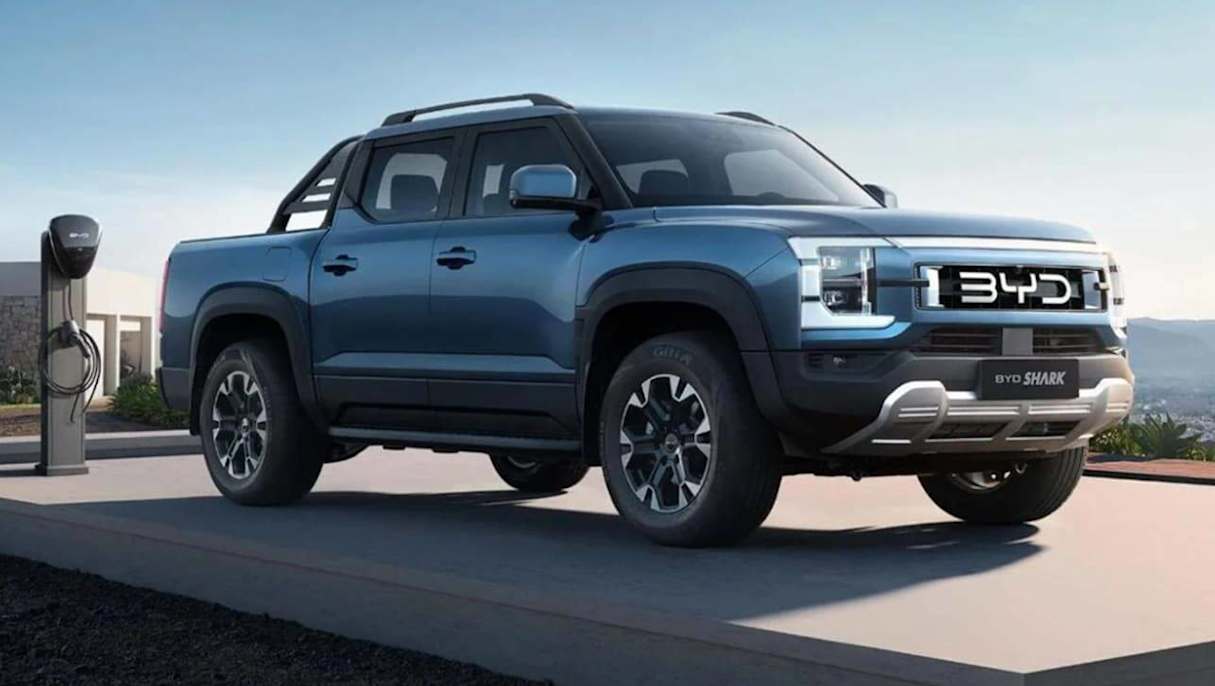
BYD claims the 30kWh battery provides up to 100km of electric-only range, while the hybrid combination can take you more than 840km before you need to top up the petrol and plug it in.
That power comes at a cost, however, with the braked towing capacity limited to 2500kg, a full tonne less than what’s considered industry standard.
But this is only the beginning, with BYD already revealing that a fully electric version of the Shark is in development and will be offered in Australia within the next few years. If the hybrid’s specifications are any indication, it should be a powerful load lugger and that should help its appeal to power-hungry Australians.
4. Ford F-150 Lightning
While not an officially sanctioned Ford conversion, you can now buy the all-electric version of the popular American pick-up in Australia.

It’s actually one of three electric commercial vehicles offered by a company called AusEV, which is selling the F-150 alongside the MDXT ‘medium duty’ and HDXT ‘heavy duty’ trucks.
Unlike the petrol-powered F-150 models converted by RMA Automotive in direct partnership with Ford Australia, the Lightning is being converted by a third-party supplier, Advanced Manufacturing Queensland (AMQ), with an emphasis on fleet buyers.
5. Hyundai Ute
Hyundai is conspicuously absent from the ute market, but the transition to electric vehicles could be the opportunity it has been waiting for. The South Korean brand is reportedly preparing not one but two new all-electric utes to hit the Australian market by the end of the decade.
.jpg)
To continue its unorthodox strategy, the two Hyundai versions won’t compete directly against the popular Ford Ranger and Toyota HiLux, but will be a size smaller and a size larger to create more points of difference with the establishment.
Reportedly set to be known as the IONIQ T7 and IONIQ T10, the smaller ute will likely be an electric version of its petrol-powered Santa Cruz, while the latter will take on the likes of the F-150 Lightning and Silverado EV.
6. Kia Tasman Electric
It may not have officially revealed its new Tasman ute just yet, but already Kia is plotting its second pick-up and this one will be electric. However, what’s not clear is exactly what form it will take, with the electric ute expected to skip the ladder-frame chassis that underpins the Tasman and instead utilise the modular ‘E-GMP’ platform Hyundai, Kia and Genesis use for their EV models.
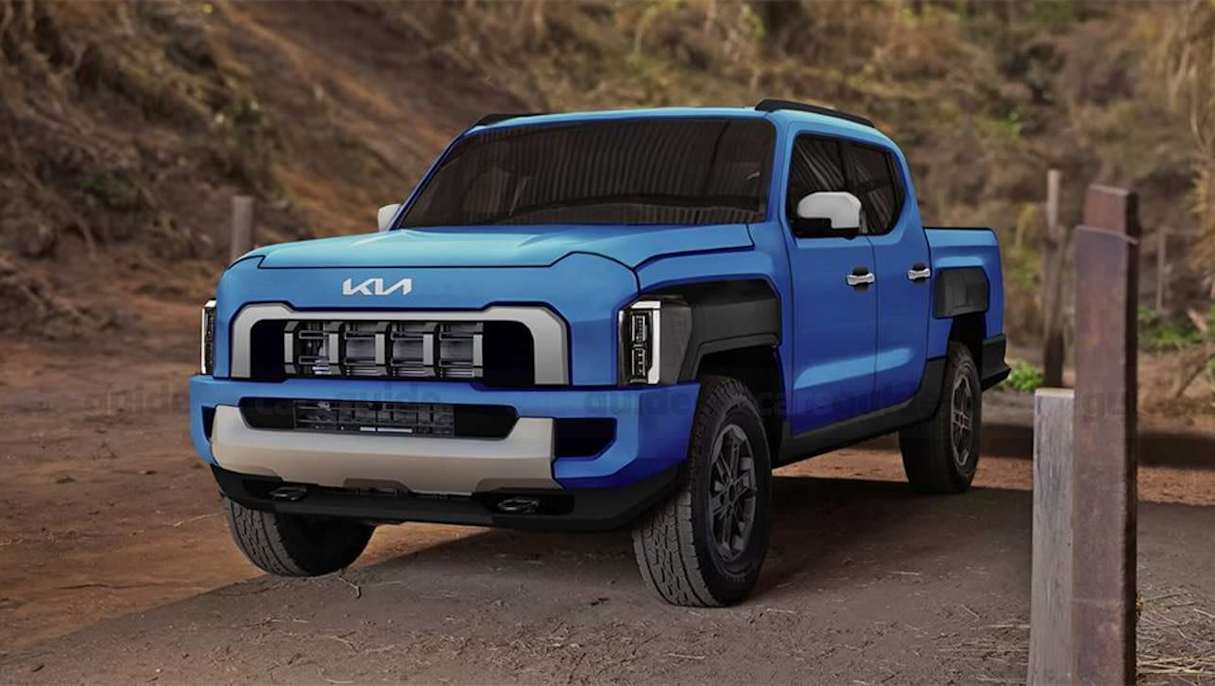
There are no details on timing, but expect it before the end of the decade, as the EV ute market picks up pace.
7. Rivian R1T
Rivian, the electric start-up that has tried to emulate Tesla’s success with limited results, has never hidden its global ambitions. Since it first launched the R1T Ranger-sized ute in the USA it has been talking about bringing it to Australia.

So far, the business of staying afloat has been more pressing and the company is now trying to expand into the smaller hatch/SUV segments with the R2 and R3 in order to keep its finances in the black.
Assuming it can make those new models work and ramp up production, the Australian market would seem like a logical fit for the R1T. But don’t hold your breath for it to happen in the short term.
8. Chevrolet Silverado EV/GMC Hummer Ute
The General Motors duo share the same 'Ultium' platform, which means their fates are tied together. GM Specialty Vehicles hasn’t revealed if it has plans for either, but with emissions regulations tightening, there could be an opening for one (likely not both) to join the local range alongside the petrol-powered Silverado and the GMC Yukon SUV.
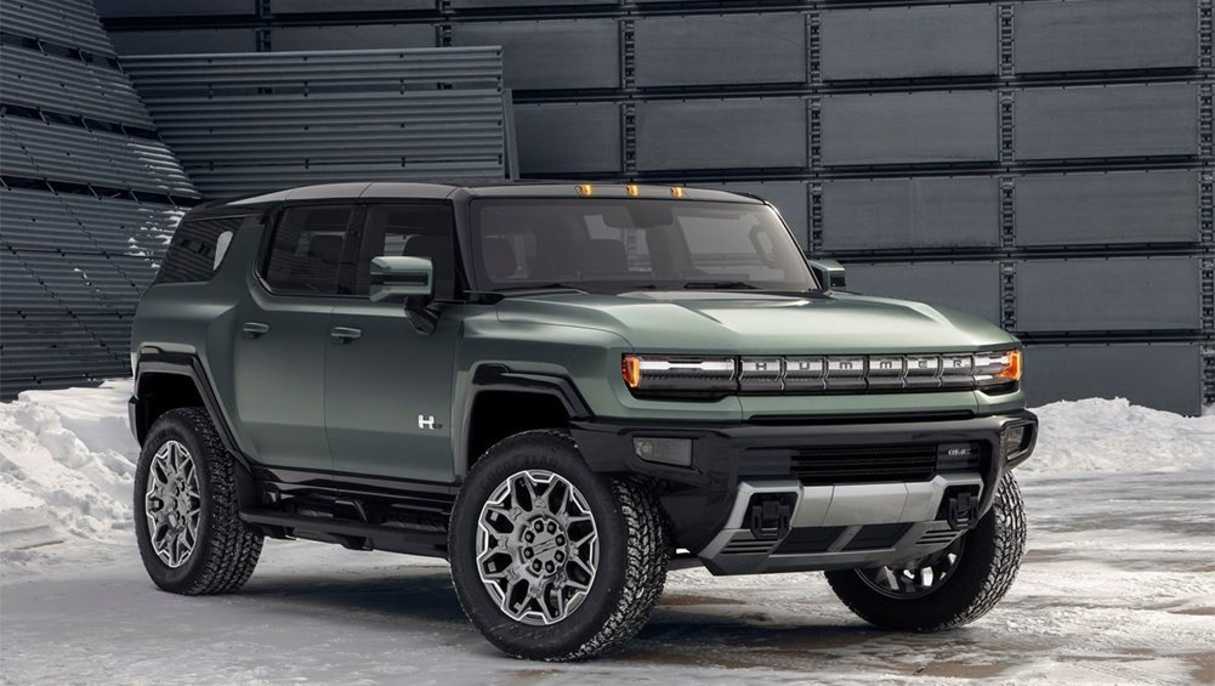
9. Tesla Cybertruck
Tesla recently had an example of the Cybertruck in Australia for promotional duties, but it seems it was more about grabbing attention than any meaningful plans to offer the odd-shaped machine locally.
It’s believed Tesla has no current plans to produce the Cybertruck in right-hand drive, which is an obvious deal breaker for any ideas about selling it here - at least in an official capacity.
.jpg)
This is only the beginning, with the introduction of the New Vehicle Emissions Standard (NVES), the need for commercial vehicles, such as utes, to reach much stricter targets will force more brands down the path of battery-powered utes and trucks.
In the short-term, there will be some dramatic changes in terms of new models, but it will likely take longer for buyers to accept them.
Looking to the further horizon, don’t be surprised if electric utes become a common sight on Australian roads in the next decade or so, as they should provide the kind of power and towing capacity Australians want, while helping car manufacturers cut emissions.





.jpg)
.jpg)


.jpg)
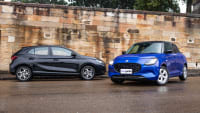

 (1).jpg)

.jpg)



.jpg)
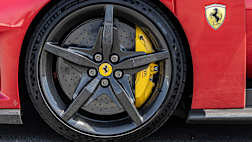
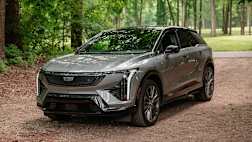

.jpg)


.jpg)
